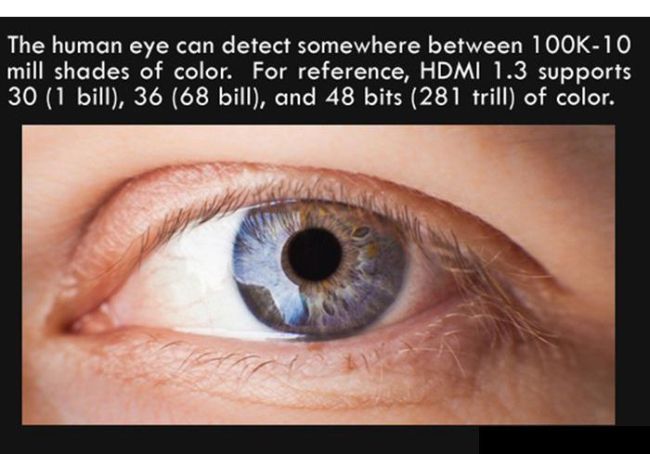The human eye is capable of differentiating between around 10 million different colors

The Human Eye: Capable of Differentiating Around 10 Million Different Colors

The human eye is truly a marvel of nature. Its ability to perceive and differentiate colors is nothing short of amazing. While many of us are aware that the eye can see a wide range of colors, the actual number is quite astonishing. Research suggests that the human eye is capable of distinguishing between around 10 million different colors.
This figure may seem mind-boggling, considering that the commonly known primary colors are only three - red, green, and blue. However, the human eye’s advanced and intricate structure, along with its millions of light-sensitive cells, enables us to perceive an extensive palette of colors.
Scientists and researchers have spent years studying the human eye’s color perception abilities. They have discovered that the eye contains specialized cells called cones. These cones are responsible for detecting and processing different wavelengths of light. They are primarily responsible for our ability to distinguish colors.

There are three types of cones in the human eye: red cones, green cones, and blue cones. Each type of cone is most sensitive to a specific range of wavelengths. When these cones work together, they allow us to perceive a vast array of colors. The combination of different cone responses creates our perception of color.
Interestingly, humans are trichromatic beings, which means we have the ability to perceive colors using three primary colors. This concept is utilized in various technologies, such as computer displays and television screens, where red, green, and blue light pixels blend together to recreate the illusion of millions of colors.
However, it is important to note that the ability to differentiate between 10 million colors is not universal among all individuals. Factors such as age, genetics, and eye health can affect color perception. Some people may possess a higher number of cones, enabling them to perceive even more subtle variations in color.
The scope of color perception is astonishing and hints at the complexity of our visual system. Understanding the intricacies of our color perception not only provides insight into human biology but also has practical applications in fields such as art, design, and medicine.
In conclusion, scientific research suggests that the human eye can discern approximately 10 million different colors. This astounding capability arises from the presence of specialized cells called cones, which enable us to perceive a wide spectrum of hues. Our perception of color plays a significant role in our daily lives, influencing everything from our emotions to our preferences. Further exploration of the human eye’s remarkable abilities continues to fascinate researchers worldwide.
Sources:
Share
Related Posts
Quick Links
Legal Stuff

